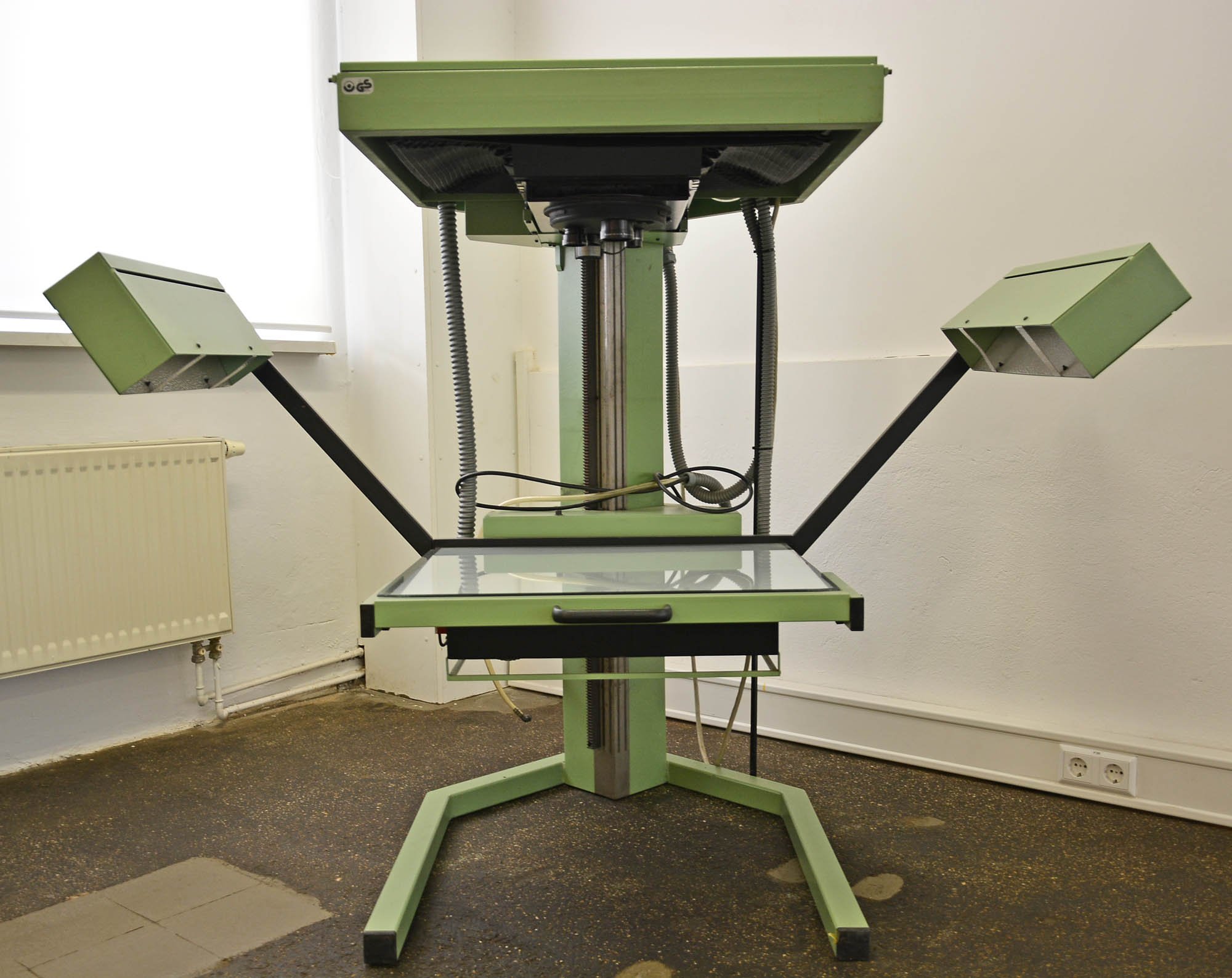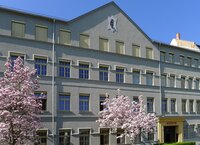Beim Drucken können nur Volltöne gedruckt werden. In der Darstellung von Halbtönen wird daher das menschliche Auge getäuscht: Der Vollton wird in verschieden große Punkte zerlegt und »aufgerastert«. Mit der Reproduktionskamera können Vorlagen, z.B. Fotografien, gerastert und exakt reproduziert werden. Die ersten Kameras dieser Art wurden bei Klimsch & Co. Anfang des 20. Jahrhunderts entwickelt.
Mit dem bereits 1881 von Georg Meisenbach erfunden Glasgravurraster war es möglich, Bilder für den Druck in Rasterpunkte aufzulösen. Zu Beginn des 20. Jh. wurde von der Firma Klimsch & Co. eine Reprokamera entwickelt, mit der zweidimensionale Vorlagen exakt reproduziert werden konnten. Damit waren die Voraussetzungen für den Einsatz der Fotografie in der Druckvorstufe geschaffen.
en

